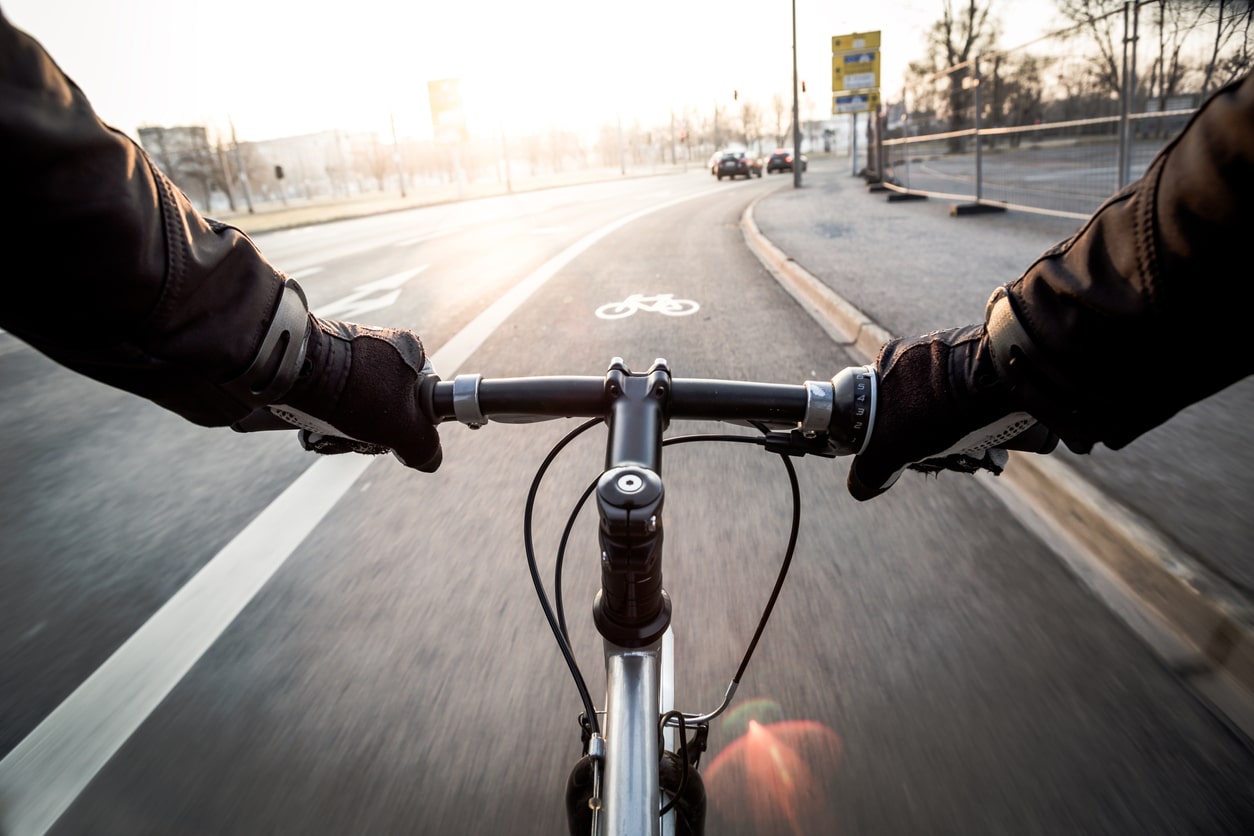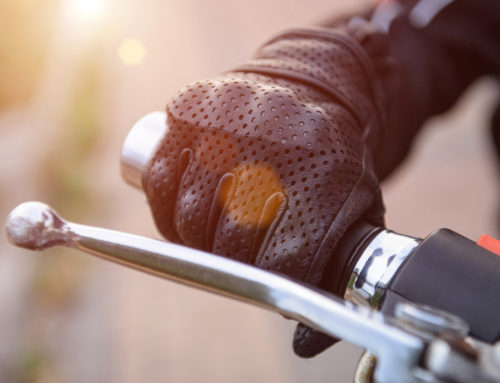Covid-19 has changed the lives of people around the world. It has changed almost every aspect of our daily routines. Many of those changes have been negative, but some changes are showing up that could have positive, long-term benefits for our society.
One of those changes is how we commute and exercise. Roads around the world that once were filled with motor vehicles are now filled with bicyclists and pedestrians. More people are choosing to ride bicycles or walk to commute.
Therefore, many countries around the world are using this opportunity to improve their infrastructure for bicyclists and pedestrians. For example, New Zealand was the first country to fund pop-up bike lanes and widened sidewalks.
Bicyclists and pedestrians need to be able to maintain social distancing as they travel. Therefore, New Zealand is now using the shutdown to do in hours and days what it once would take weeks to implement.
According to New Zealand’s Transport Minister Julie Ann Genter, walking and cycling are inexpensive forms of transportation. They provide moderate exercise and do not pollute the air or climate. Genter went on to say that when the Covid-19 shutdown ends, people cannot be expected to go back to using crowded buses and trains at the same rate as before.
Expanded cycling paths are one way to give people alternative forms of transportation. During the shutdown, cities can utilize the quiet streets to put in the infrastructure to make it possible to give people choices for moving about as shutdown restrictions begin to ease. The program in New Zealand has been just one of several programs around the world improving bicycling for riders during the pandemic.
Other Cities are Taking Advantage of the Shutdown to Improve Cycling Lanes
Many cities in the United States, Ireland, Germany, the United Kingdom, and China are also improving bicycling lanes during the outbreak.
Cycling has increased by more than 150 percent in Philadelphia since the outbreak. One of the city’s major bike trails experienced a 471 percent increase in usage during the shutdown.
New York City’s bike-share system has experienced a 67 percent increase in demand compared to the same period last year. Chicago’s bike-share programs also experienced double the ridership in March.
In response, some cities are opening roads to bicyclists and pedestrians to allow more space for bicyclists and pedestrians. Philadelphia closed a 4.4-mile segment of road to motor vehicles. Berlin created a one-mile temporary bike lane along one major road. The city and hundreds of other cities in German plan to expand the bicycle lanes using the pop-up infrastructure.
The temporary bicycling lanes are a great addition to cities, especially in urban areas where it can be difficult to find safe places to ride a bicycle. However, the true impact is going to be felt in the cities that are making permanent changes to their infrastructure.
Benefits of Cycling Encourage Leaders to View Changes to Infrastructure as Good Investments
The benefits of cycling have been well-known for decades. However, the worldwide pandemic has shown a new light on the benefits of bicycling.
Some of the common benefits of bicycling include:
- Improvements in health or maintaining a healthy body by building muscle, providing an aerobic workout, and increasing bone density.
- Improves mental and emotional well-being.
- Cycling is a low-impact form of exercise for an overall healthy lifestyle.
- Bicycling is an inexpensive form of transportation, especially in larger cities where it can be expensive to own and store a motor vehicle.
- The use of bicycles is better for the environment because they reduce the production of harmful exhaust.
- Bicycles provide an alternative means of commuting in larger cities to avoid crowded trains and buses that can spread viruses such as Covid-19.
- Bike-sharing programs in many cities are an investment in the city’s infrastructure and tourism.
- Promotes socializing by connecting with other bicyclists and spending time with friends and family members.
Even though cycling offers many benefits, there are still risks for cyclists. One of the most common risks faced by bicyclists is motorists. Bicycle accidents cause thousands of deaths and injuries each year in the United States.
A bicyclist has no protection from the impact of a collision with a motor vehicle. Bicycle helmets and other protective gear can reduce the risk of injury for a cyclist in an accident. However, protective gear cannot prevent the severe injuries caused when a vehicle strikes a bicyclist.
For that reason, cities must take steps to protect cyclists. Covid-19 may have been a spark in increasing safety for bicyclists. The true test will be what happens after everyone emerges from the shutdown.
For more information, see our benchmarking report or contact us.



Leave A Comment